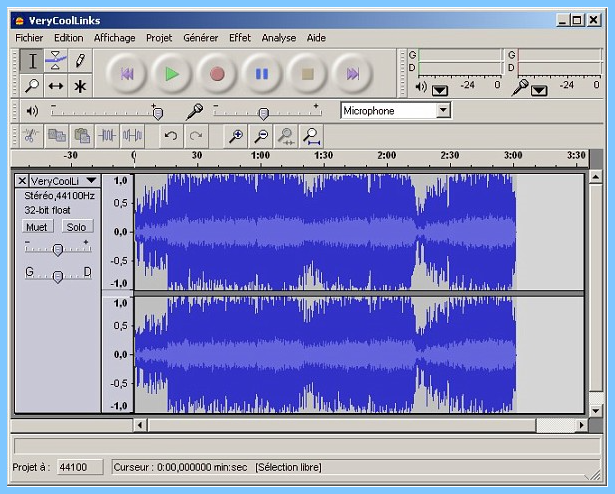

Therefore, you can use Audacity in your preferred language. It supports French, German, Spanish, Chinese, Polish, Russian, Arabic, and much more. The user interface of Audacity supports multiple languages other than English.

Based on the architecture it was built for, Audacity supports both 32 bit and 64-bit audio effect plugins. It allows the user to control the speed of the beat in an audio track by slowing it down for fasting it up using this feature.

Audacity also offers an interesting feature on the beat analyzer feature. It can edit WAV, AIFF, FLAC, MP2, MP3, or Ogg Vorbis sound files (OGG). You can even change the speed, tempo, and pitch of a track. The user can choose to trim, copy and paste a part of the audio clip, filter out the background noise, control the volume amplification, and much more. You can also directly import an existing audio file. With the help of a microphone, you can easily start recording in Audacity. In order to export an audio file in Audacity, you need a tool called LAMC encoder. It supports recognizable audio files such as mp3 or WAV. Here’s what you do: You can start by plugging the stereo audio cable into the audio output port of your computer. In order to start recording a project, you will need the following things: You will find plenty of resources on YouTube and online forums about instructions on mastering Audacity.ģD animation, modelling, simulation, game development & others If you are new to explore Audacity, you can begin by searching for tutorials on the internet about its usage. If you are in a music band, you can make use of Audacity to release demos of your songs. It can be used for a wide range of uses, from creating interviews, working on voiceovers, editing music, or anything else involved with voice or sound.


 0 kommentar(er)
0 kommentar(er)
